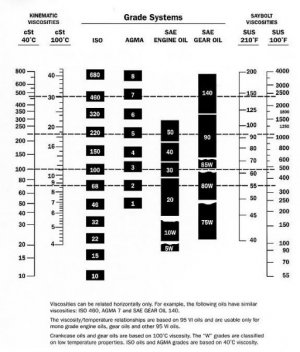Most of the comments are out of context, oils are designed for specific applications. The manufacturer tells you what oil to use, typically they will specify an oil viscosity, there are various ways of interpreting the viscosity as to SAE motor oil, SAE gear oil, ISO viscosity etc. So as an example most gear head lathes specify ISO32, or SAE 10 motor oil. This is just the viscosity index at a specified temperature. Most smaller lathes use splash lubrication and do not have filters, so the lubrication is from splash up to the top of the lathe and then channels down to the bearings. Use too high a viscosity, this causes friction which increases the heat of the oil, it also doesn't flow as well to the bearings. Too thin an oil does not provide the film thickness to the bearings and gears. A detergent oil is designed to keep particles in suspension so they can be removed by a filter, no filter, then no detergent. The particles typically settle at the bottom of the case. These can be metallic, or dirt pulled in through the breather. This is often seen as sludge on the bottom, water is also pulled in and condenses in the cases, this will eventually cause cloudy oil and rust.
On ways, and certain gearboxes, ones use way oil which has tachifiers, which help the oil stick and provides a film between the moving parts. Use too thin an oil then you get increase wear. This results in long term wear, Use 3 in 1 oil and you basically have metal against metal because the oil has no film thickness. The oiler systems are what as known as one shot, you oil it periodically, this flushes any chips/dirt and then it falls into the pan. People keep on insisting on using oils that aren't recommended by the manufacturer, short term, any oil is better than no oil. Long term use the wrong oil and you will get increase wear over time. It is rare that one will experience a catastrophic failure, but I have read of headstocks getting very hot when people have used the wrong viscosity/motor oil in a geared headstock.
People buy gallons, because often the lathe headstock will take 1/2-1 gallon of oil when you change it, on the ways, you usually give 2 pumps when you start, and repeat at set intervals while you are working. It is very easy to go through a gallon or more a year if you use your machines. Gear head mills will usually use SAE80/90W gear oil which has the same viscosity as 30W motor oil or ISO 90. You do not use limited slip differential oil, as it is designed for clutch packs. Bottom line, use the specified oil, other oils may work but not as well.


